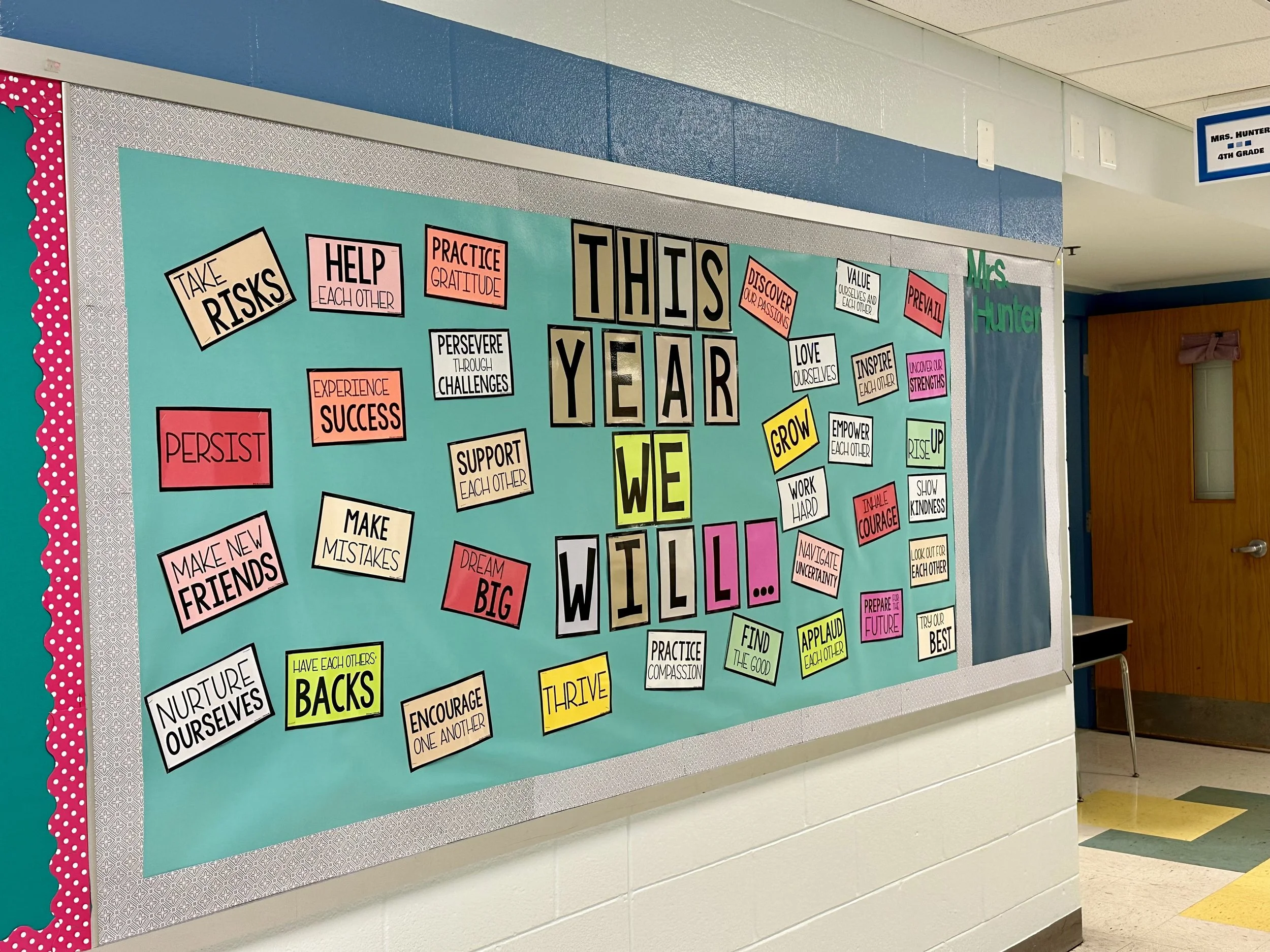What are the characteristics of a healthy community?
Dear readers,
This piece is from my Capstone project in grad school where I created a website designed to showcase my experiences and thoughts as a teacher doing my best to “stay the course.” This is one of the pieces I wrote in Spring 2023. In June, 2024, I resigned from my job as a classroom teacher due to the toll the chronic stress took on my body and mind. While I never thought I’d leave teaching, life is more about riding the waves than sticking to a plan. I will always be an educator—it just looks different now. Thank you for reading!
~*~
In grad school, one of my classes utilized the book, Onward, by Elena Aguilar. In the chapter “Building Community,” Elena discusses the foundations of a healthy community. I paused and looked up. I was surprised, realizing I had never considered what makes communities healthy. I’m not referring to the health of the people within a community but to the functionality and vitality of a community as a whole. I’m sure I could rattle off my thoughts if asked, but as a passionate problem solver, I had never spent time thinking deeply about this topic.
What makes a community healthy, and how is the health of the communities which I am a part of?
Fast forward to my career as a 4th grade teacher: Not long after reading this chapter, I was speaking with my principal where I shared that I’m researching what makes communities healthy so I could eventually use that lens when observing the community we’ve built at our school. I shared some questions with her that are driving my research. My questions were:
Are any of the challenges we are experiencing at our school a result of, or indicative of, the health of our community?
We have put in the work to build community, but we have never defined what a healthy one would look like. What do we want it to look like?
Can a community be truly healthy when our community members (students) don’t have autonomy? As harsh as it sounds, children are forced to enter school communities, and they cannot choose to exit them. What are the implications of this?
What is the health of our community of adults, and how does it impact our students?
One thing about me is that when something tickles my brain, I dig in. This chapter in Elena’s book immediately made me realize that this is an incredibly important topic for me to study. Thankfully, my principal expressed interest in partnering with me on this topic to identify and acknowledge the state of our culture and community. If there are elements of how our community functions that are preventing staff and students from thriving, we owe it to ourselves to uncover them. It is our responsibility as leaders and educators.
I’ll share my findings here as I go. In the meantime, I have enabled comments on this post. Will you share with me what you think are the most fundamental characteristics of healthy communities? Is it possible to assess the health of a whole community or only parts of it? How much dysfunction can be present in a community that is still considered healthy overall? Thanks for sharing your thoughts with me. I’m excited to see what I uncover!
Mentioned here:
Onward: Cultivating Emotional Resilience in Educators by Elena Aguilar
Stay curious,
Erika
